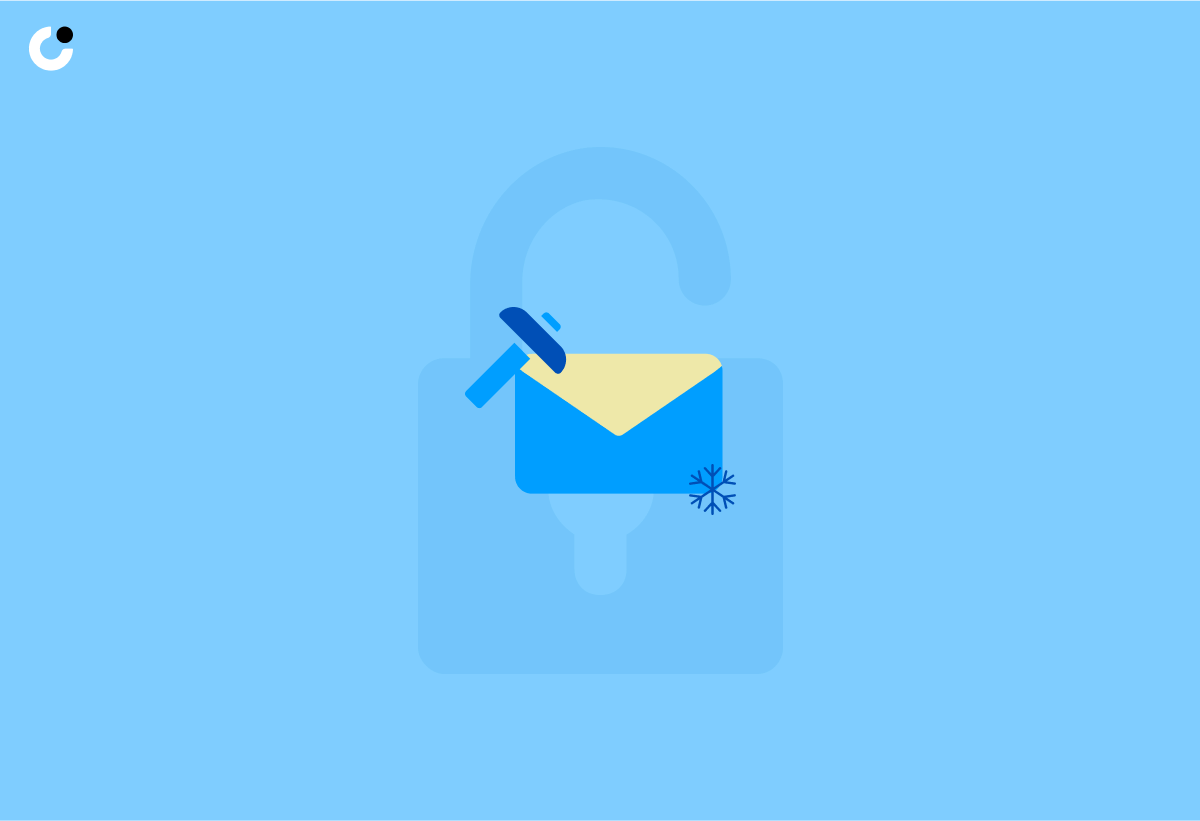Do you struggle to get responses from your cold emails? Crafting the perfect icebreaker can be the key to unlocking profitable conversations.
In this blog post, we’ll explore the power of personalized cold email icebreakers and provide expert tips on crafting opening lines that grab your prospect’s attention and pave the way for meaningful connections. Are you ready to break the ice and boost your cold email success? Let’s dive in!
Key Takeaways
- Create personalized cold email icebreakers to capture the recipient’s attention and build trust.
- Leverage shared experiences, connections, or trigger events in your message for maximum impact.
- Offer value upfront with a concise call to action tailored to the recipient’s interests and needs.
The Power of Personalized Cold Email Icebreakers
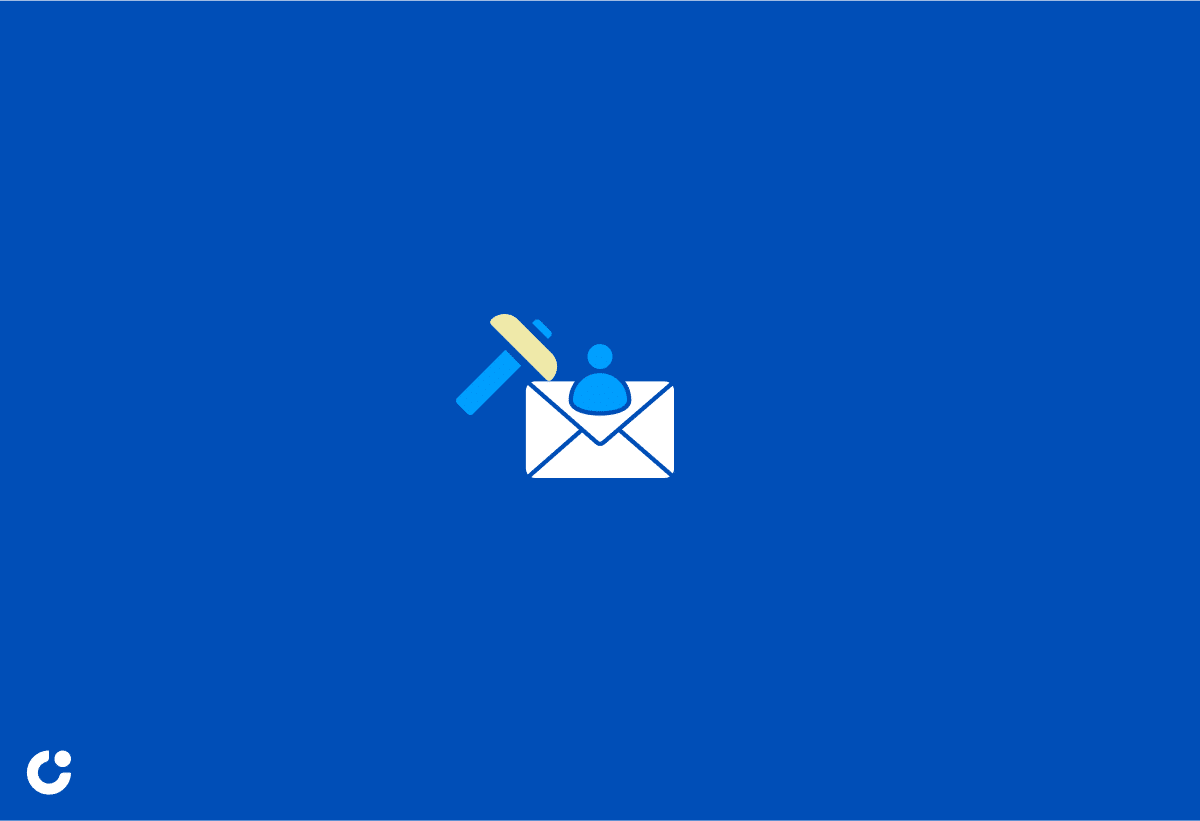
Paragraph 1: In cold emails, personalization significantly enhances open and reply rates, making the recipient feel valued and understood. A well-crafted subject line plays a vital role in achieving this. Understanding your prospect is key to creating tailored icebreakers that spark a conversation effectively.
Creating a unique first impression can involve personalized icebreakers, which could encompass:
- shared interests
- outreach campaigns
- social media interactions
- recent promotions
- job recommendations
- career paths
- any relevant information
For example, “I would love to learn more about your recent promotion and how it has impacted your role.”
Why personalization matters
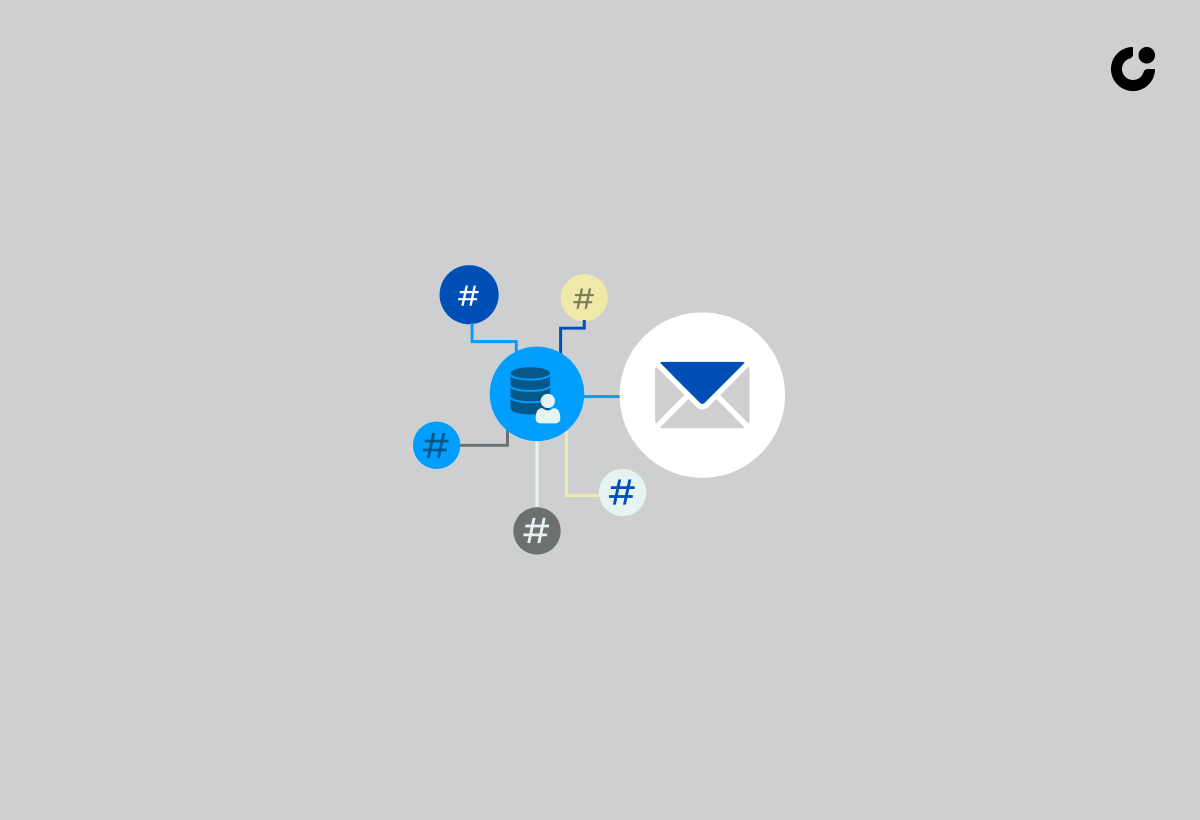
Personalizing cold emails distinguishes you from the competition, shows you’ve done your homework, and enhances the chances of the recipient engaging with your email. Ensure your message aligns with the prospect’s needs and interests.
Videos have the potential to boost the reply rate of cold email campaigns, although they may require additional effort to create. For example, “I came across your LinkedIn page and noticed your interest in video marketing, so I thought I’d share this helpful resource on incorporating videos into cold email outreach campaigns.”
How to research your prospect

Before sending a cold email, you can research a business prospect by customizing your message, understanding the recipient’s perspective, studying the company, using social media, and tapping into your current customer base. Notable examples of tools and resources for gathering information about a prospect include LinkedIn, Twitter, company websites, and industry-specific publications. These sources can provide key information regarding a prospect’s background, interests, and current projects, which can aid in creating a more personalized and captivating icebreaker.
Conducting thorough research of the target company and discovering an intriguing statistic about them or their business could be a suitable approach for crafting an effective cold email opening line.
“Hi [FirstName], I wish you all the best. It was great meeting you at the conference last month, and I wanted to follow up on our discussion about [topic].”
Crafting Effective Cold Email Icebreakers
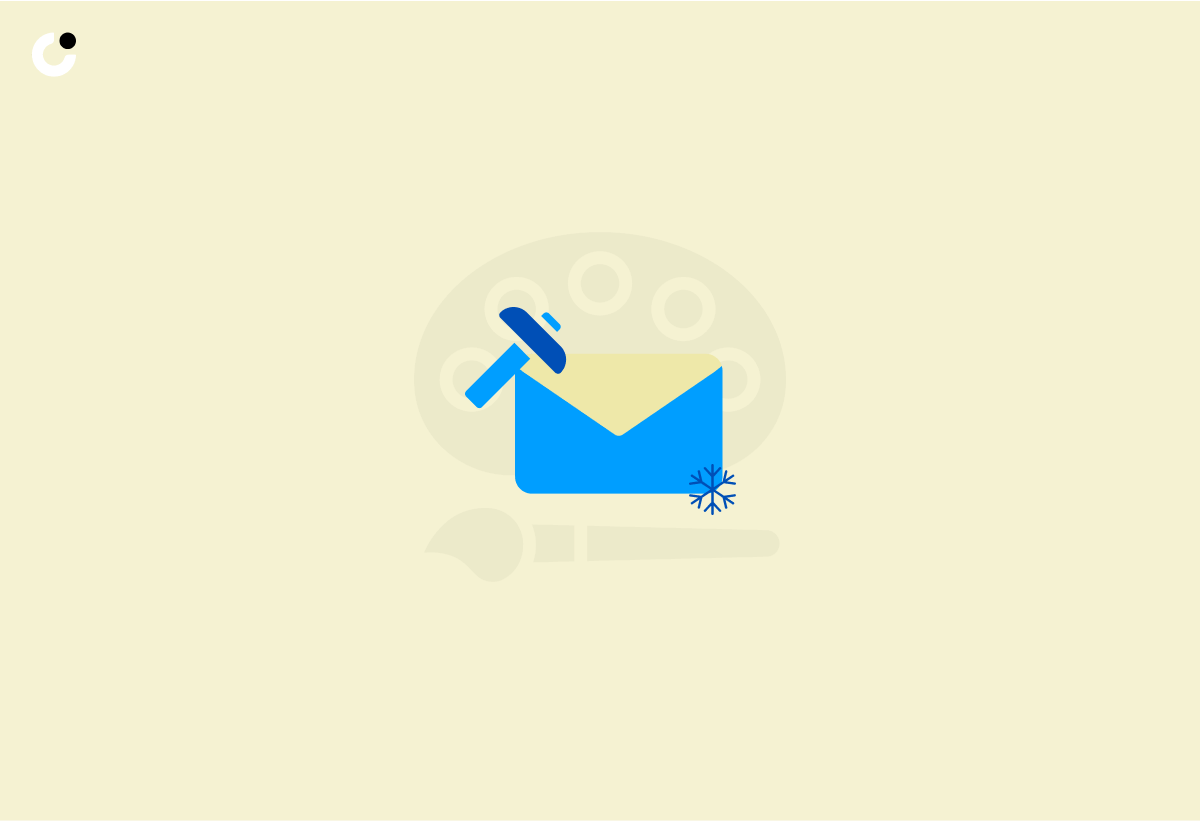
Icebreakers help establish rapport with your recipients, fostering a friendly environment within your emails. Here are some examples of icebreakers that can be used in cold emails:
- Complimenting the recipient
- Establishing a personal connection
- Extending the greeting
- Referencing the prospect’s pain points
- Initiating with a question
- Employing the “gentle reminder” opening line
- Utilizing an intro line to capture the recipient’s attention
- Applying the PAS formula
For example, “Hi [FirstName], it was great to see your recent post on LinkedIn about [topic]. I wanted to share a related resource that I think you might find valuable.”
"Greetings [FirstName] I am looking forward to attending the [event or conference] next month and am particularly excited to have the chance to learn from your expertise in the field. I came across your LinkedIn page and it was a major factor in my decision to attend."
When crafting effective cold email icebreakers, one should consider:
- Talking about the prospect instead of oneself
- Making the message tailored to their needs
- Providing a free trial or suggesting a helpful app or article
- Referencing a company one has collaborated with in the past
- Presenting an interesting statistic
- Addressing the prospect by their first name
- Keeping the opening sentence concise and pertinent
- Inquiring at the start of a cold email
Types of icebreakers

There are diverse icebreaker styles for a sales or marketing email to consider, such as:
- Humorous
- Questioning
- Complimentary
- Those that highlight shared experiences or connections
Utilizing humor as an icebreaker in a cold email can be a great way to capture the recipient’s attention and make your email more engaging. Here’s an opening line template that incorporates humor:
“Hi [FirstName], I couldn’t help but notice we both share a love for [common interest]. I guess great minds think alike! On a more serious note, I wanted to discuss [business topic] with you.”
In devising a cold email campaign, crafting personalized and engaging icebreakers that captivate the recipient’s attention and stimulate responses is vital. Questions can be effective as icebreakers in cold emails, as they prompt the recipient to think about their response and engage with the email.
Icebreaker examples

Icebreakers are concise, personalized messages used to kickstart a conversation with a prospect. A compelling subject line can significantly increase the chances of your cold email being opened and read. In fact, subject lines play a crucial role in determining the success of your email campaign.
For example, “I recently encountered your article regarding the significance of email marketing for businesses and thought it would be beneficial to share it with my colleagues at Active Campaign.” This email opening line demonstrates personalization and genuine interest in the prospect’s work.
Given the potential success of a cold email marketing campaign, what strategies can be used to develop effective icebreakers? For example, “Kudos on your recent blog post about email marketing! I wanted to share a few additional tips that could help improve your strategy.”.
Leveraging Trigger Events in Your Icebreakers

Leverage trigger events like recent news or milestones to craft personalized and timely icebreakers that connect with your prospect. Trigger events refer to recent news or milestones that can be leveraged to craft personalized and timely icebreakers that are likely to resonate with a prospect and address their pain point. As an illustration, one could congratulate the prospect on reaching a funding round or milestone and then relate it to their proposal.
Industry news can be utilized to position oneself as an expert in an area of relevance to the recipient, and to construct credibility for oneself. For example, “I hope this email finds you well, I came across your recent blog post and thought you might find this article helpful.”
What are trigger events?
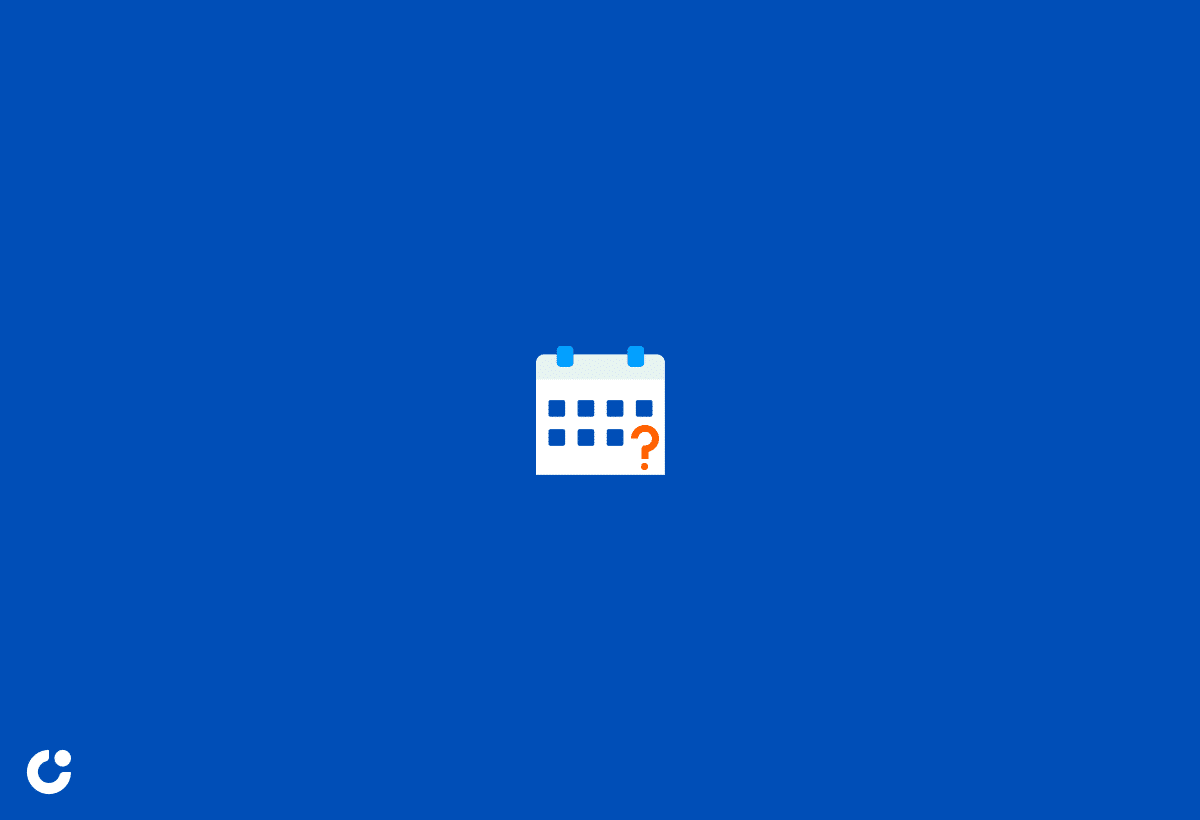
Trigger events refer to important happenings in a prospect’s professional journey, which can be used to start meaningful and engaging discussions. They can have a considerable impact on the efficacy of cold email icebreakers. By capitalizing on trigger events, such as recent company news or prospects’ professional milestones, you can customize your icebreaker to be more pertinent and timely. This personalization increases the likelihood of capturing the recipient’s attention and initiating a conversation. Moreover, utilizing trigger events allows you to direct your outreach efforts towards the most promising leads, conserving time and resources.
Trigger events may include:
- a company’s product launch
- hiring
- promotion
- job
- venture
- partnership
- office opening
- funding round
When constructing your cold email icebreakers, consider including trigger events. For instance, if your prospect has recently launched a new product, you may mention it in your icebreaker and request their thoughts on it. This demonstrates that you have done your research and are genuinely interested in their work.
Using trigger events in icebreakers

Embedding trigger events in a cold email introduction can enhance its effectiveness by boosting its relevance and grabbing the prospect’s attention. Referencing a trigger event in the introduction demonstrates that research has been conducted and the prospect’s situation is understood, thereby personalizing the email and making it more engaging. This may result in higher response rates and more productive conversations.
There have been numerous success stories where trigger events have been utilized effectively in cold email icebreakers. For instance, one success story detailed how a reader managed to secure their desired internship through cold emailing.
Another success story highlighted how UserGems assists businesses in increasing their revenue by incorporating relationship data with trigger events in cold email prospecting.
Building Connections Through Cold Email Icebreakers
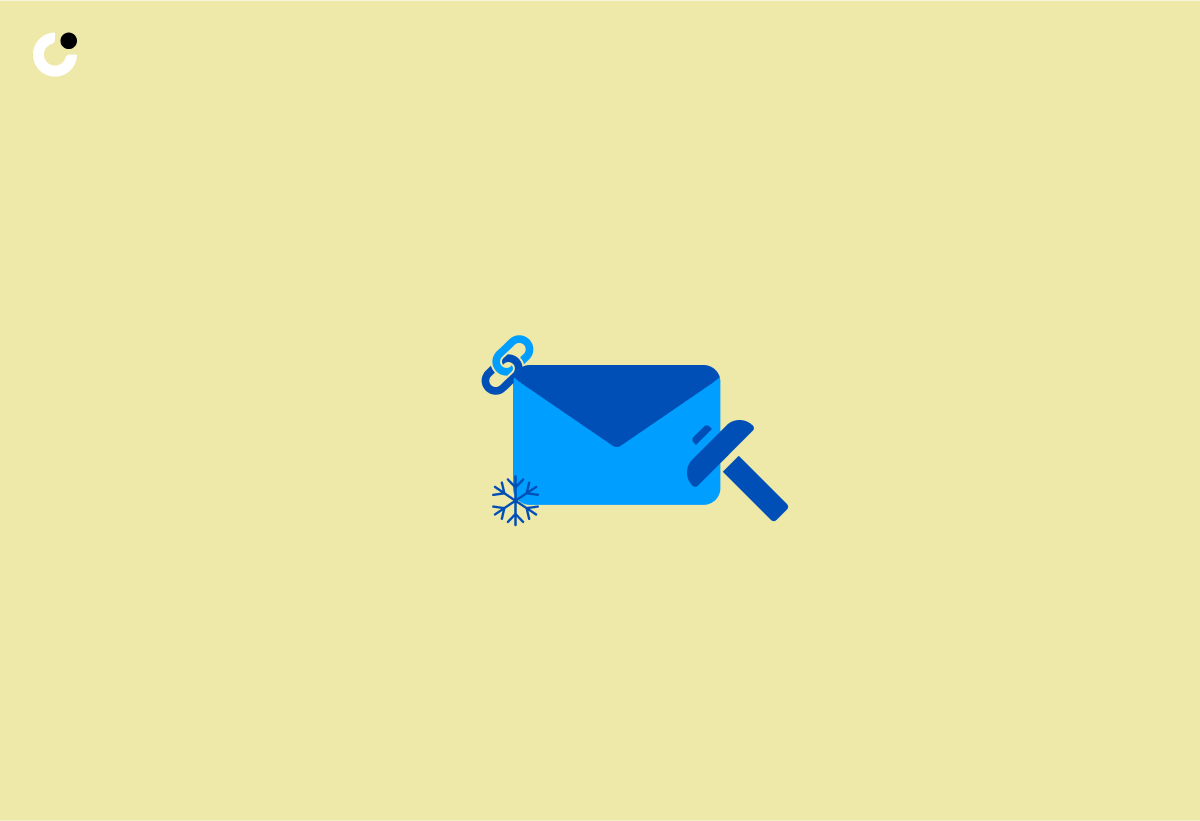
Foster a relationship with your prospect by emphasizing shared experiences or mutual connections in your icebreakers. Commonalities such as shared education or industry experience can be used to establish a connection with a prospect.
Leveraging a mutual connection or friend in cold emails can provide an advantage by creating a sense of credibility and trust. For example, “Our mutual friend, Jane, recommended that I reach out to you regarding potential collaboration opportunities.”
Shared background or interests

Employ shared aspects, like education or industry experience, to build a rapport with your prospect. Some ways to do this include:
- Highlighting particular courses, certifications, or industry expertise that you and the recipient share
- Mentioning any common educational background or alma mater
- Referencing any shared industry experiences or previous employers
By leveraging these shared aspects, you can establish trustworthiness and foster a connection right away.
Additionally, you can allude to any shared experiences or accomplishments in the industry to demonstrate that you comprehend their difficulties and can offer valuable insights or solutions. For example, “I noticed on your LinkedIn profile that we both attended XYZ University and studied marketing. I’d love to hear your thoughts on the latest trends in digital marketing and how they’ve impacted your current role.”
Mutual connections
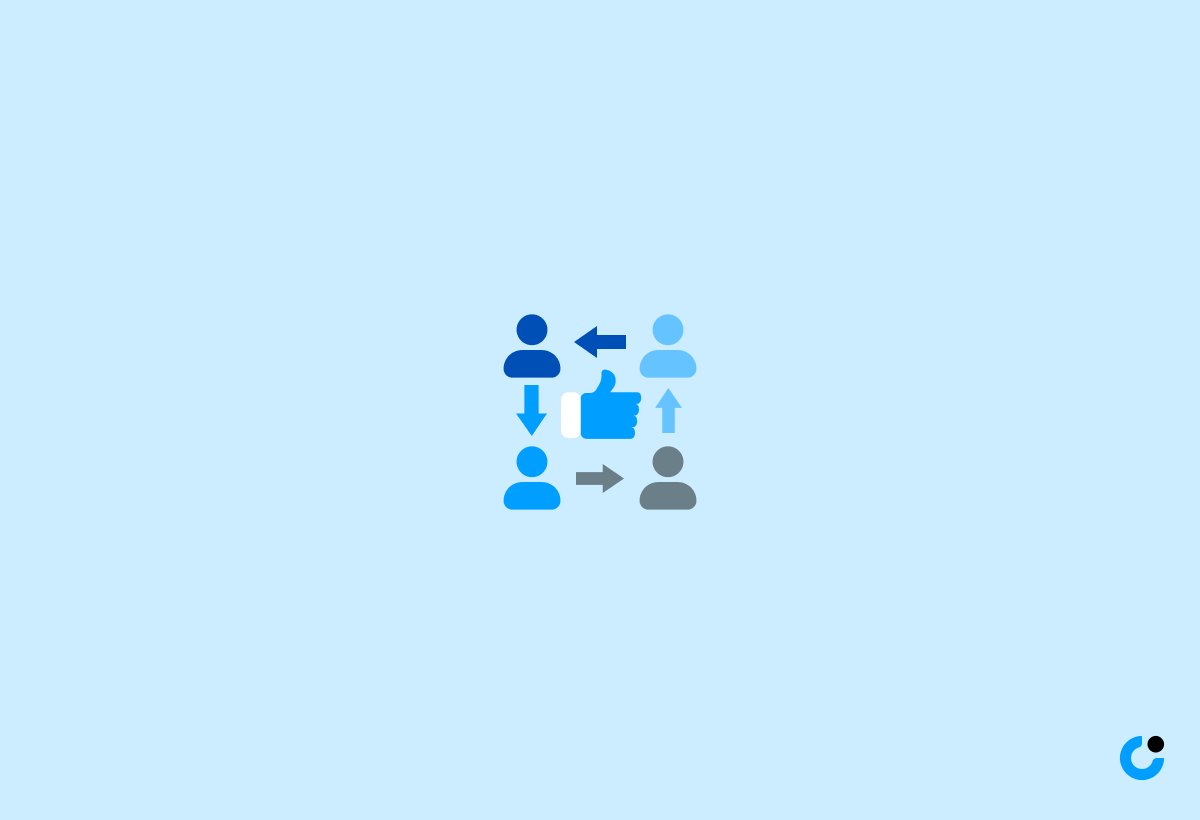
Mention shared contacts to enhance credibility and trust in your cold email. Mentioning a mutual connection in a cold email can provide credibility and trustworthiness to the message. For example, “I was speaking with our mutual connection, John, and he mentioned your recent success in expanding your business. I’d love to learn more about your strategies and explore potential collaboration opportunities.”
To verify mutual connections before including them in a cold email, mention any mutual connections you share with the recipient. This will help the recipient to verify your authenticity and create a basis for connection. Additionally, by mentioning mutual connections, you can provide social proof and raise the likelihood of a positive response to your cold email.
Offering Value in Your Icebreakers
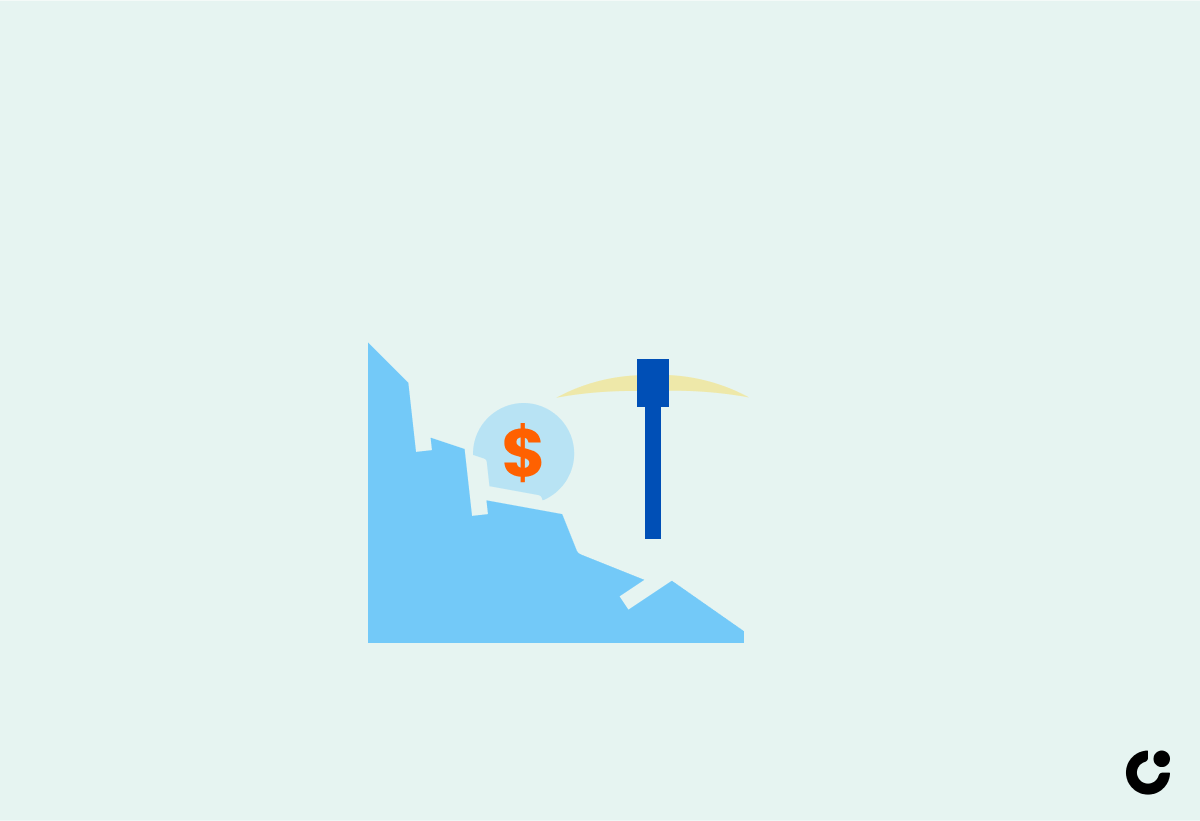
Offering value in an icebreaker can foster collaboration between the sender and the prospect, potentially improving the sales approach. Cold email icebreakers may include:
- Personalized insights or recommendations
- Interesting statistics or data
- Useful resources such as industry reports or case studies
- Tips or strategies
- Access to exclusive content or events
For example, “I recently read your blog post on email marketing and found it insightful. I wanted to share a few additional tips that could help improve your strategy. Also, I came across this industry report on the latest email marketing trends and thought you might find it valuable.”
Giving before asking

Foster trust and show empathy by providing value upfront in your icebreakers. Providing value before making a request in a cold email is vital as it helps to build trust and credibility with the recipient. By offering useful information or insights initially, it shows that the sender is committed to helping the recipient and not merely pursuing their own agenda. This approach boosts the chances of a positive response and can lead to a more successful and profitable discussion.
Personalizing the email, identifying the prospect’s issues and providing solutions, attaching pertinent content, narrating an engaging story, being succinct, and including a powerful call-to-action are some techniques that can be employed to provide value prior to making a request in a cold email.
Examples of value-driven icebreakers

Explore examples of icebreakers that provide value such as:
- Industry insights
- Actionable advice
- Potential new customer research for the prospect’s industry
- A noteworthy market shift
- A notable competitor’s move
These icebreakers can help you break the ice, establish a connection, and provide value to your conversation.
For example, “I recently came across this research study on customer preferences in your industry and thought it might help you tailor your marketing efforts. Also, I noticed a recent market shift that could potentially impact your business, so I wanted to share my insights and discuss possible strategies to stay ahead of the curve.”
Tips for Writing Compelling Cold Email Icebreakers
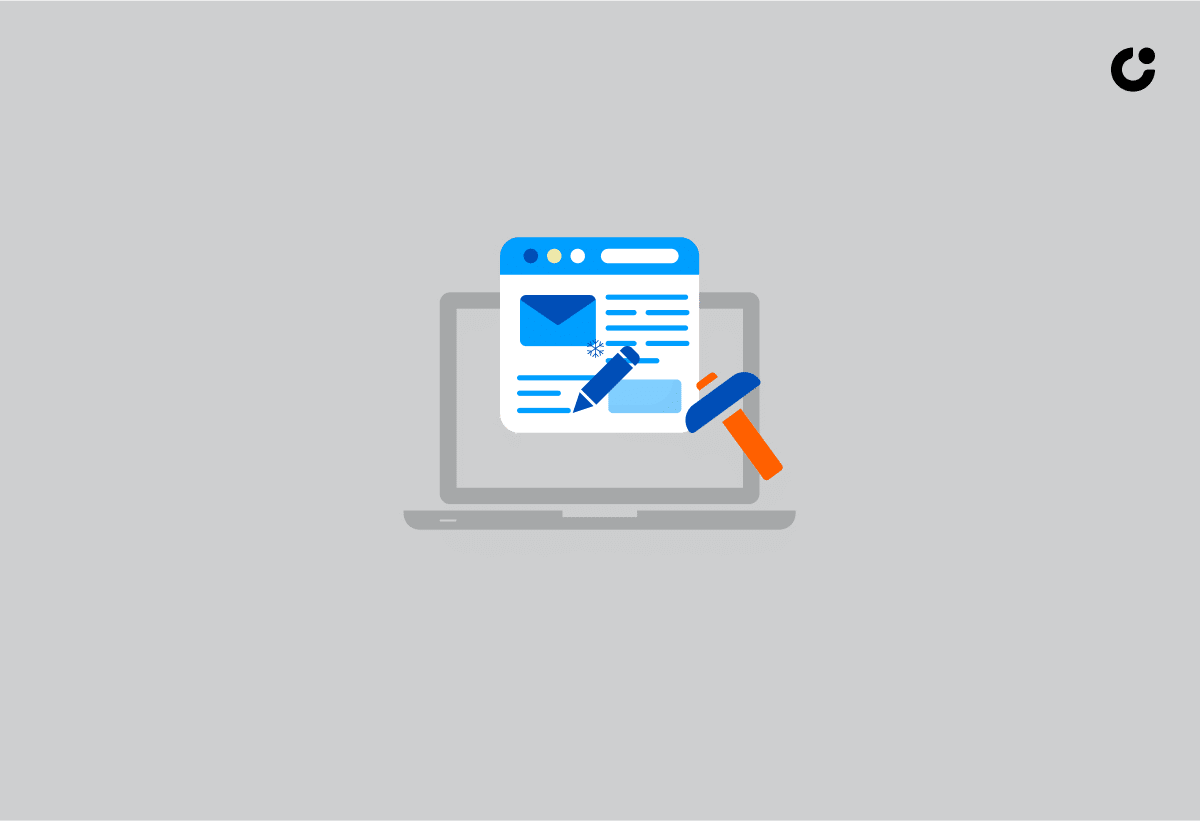
Enhance your icebreakers with expert advice on composing captivating and impactful opening lines. Relevancy is of utmost importance when creating cold email icebreakers. Personalized and pertinent icebreakers demonstrate to the recipient that the email is tailored to their needs, thus enhancing the possibilities of engagement and response.
The recommended length for a cold email introduction is between 50 to 125 words. FOMO, or fear of missing out, can be leveraged to generate interest in products or services by tapping into the recipient’s fear of missing out.
Keeping it short and relevant

Make sure your icebreakers are succinct and cater to your prospect’s needs or interests. Utilizing brevity in a cold email icebreaker can be advantageous in increasing the response rate, as it quickly captures the recipient’s attention and makes the message easier to read and understand.
To ensure a cold email icebreaker is succinct while including all necessary information, consider the following suggestions: Personalize the message, tailor the email to the recipient, include their name or other pertinent information, keep it brief, address pain points or provide value, and include a call to action.
Aligning with the prospect's tone and context

Align your icebreaker’s tone and style with your prospect’s preferences and the context of your email. To identify a prospect’s preferred tone and style in communication, one can:
- Observe their verbal and non-verbal cues
- Ask open-ended questions to encourage them to express their communication preferences
- Inquire about their preferred communication channels
- Pay attention to their written communication style
By utilizing these strategies, one can gain insights into the prospect’s preferred tone and style in communication and adjust their approach accordingly.
For example, if you notice that your prospect tends to use a casual tone in their LinkedIn posts, you might adopt a similar tone in your email icebreaker: “Hey [FirstName], I saw your latest article on email marketing and thought it was a great read. I had a few ideas on how to improve open rates that I thought you might find helpful. Let’s chat!”
Summary
In conclusion, personalized cold email icebreakers can be a game-changer for your outreach efforts. By researching your prospect, leveraging trigger events, and providing value upfront, you can craft icebreakers that resonate with your target audience and foster meaningful connections. Remember to keep your icebreakers short, relevant, and aligned with the prospect’s tone and context. With these tips and strategies, you’ll be well-equipped to break the ice and unlock profitable conversations.
Frequently Asked Questions
How do you break the ice on a cold email?
Start your cold email with a statement that references a prospect's challenges and pain points, play into their Fear of Missing Out (FOMO) or compliment their business, while still providing valuable information. Use a professional tone to make a connection with the reader.
How do you write a catchy cold email?
To write a catchy cold email, tailor the message to the recipient, use a professional tone, introduce yourself and your purpose, include a call-to-action, keep it brief, personalize the greeting, and make yourself memorable.
What is the ideal cold email?
An ideal cold email should be short, 2-5 sentences of no more than 200 words, and should include a direct ask to spark the recipient's interest. It should come from a specific salesperson, with an eye-catching subject line, and focus on forming a personal connection that can benefit both parties.
How do you grab attention in a cold email?
Start off strong by mentioning the recipient's name, emphasizing the benefits to them, and laying out a clear call to action. Keep your email short and establish credibility while agitating a problem, solving it, and offering an enticing close.
What is the significance of personalization in cold emails?
Personalization in cold emails increases open and reply rates, creating a sense of worth and comprehension for the recipient. It helps differentiate your business from competitors and shows you've done your research on the prospect.

